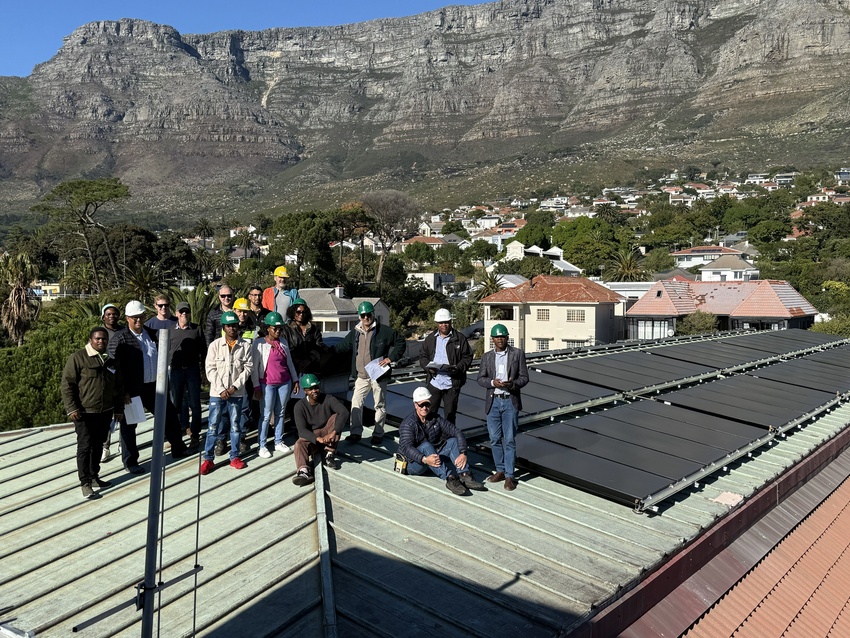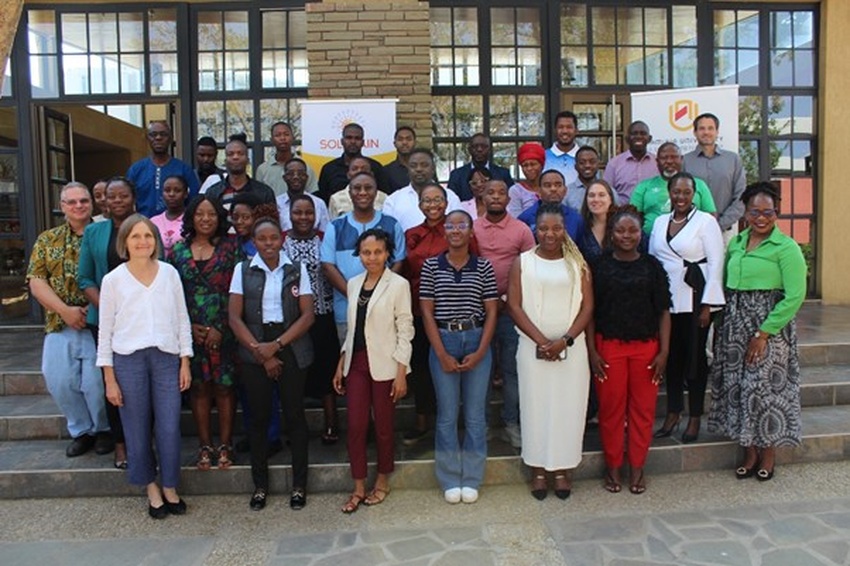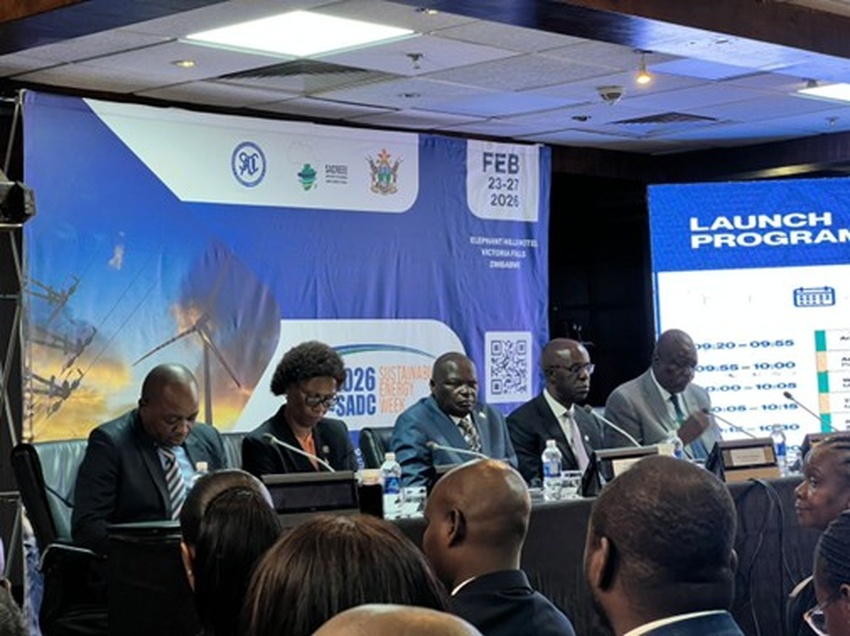Four SOLTRAIN demonstration solar thermal systems in South Africa are currently being monitored with equipment that was installed between July and August 2016 . These include the Huis Horison system, a residential and sheltered-employment centre located in Stellenbosch and the SACS Rosedale Hostel, located in Cape Town in the Western Cape. Two systems in the Gauteng region have also been fitted with monitoring equipment. These are the Zuid-Afrikaans Hospital system and the Monte Vista Housing Units system, located in Pretoria and Harteespoort, respectively.
The monitoring equipment for each of the solar thermal systems was made available through the SOLTRAIN 3 initiative, and the installation was done with the cooperation of Rudolf Moschik from AEE-INTEC, the solar companies responsible for each system installation and by representatives from the regional South African SOLTRAIN partners, SANEDI in Gauteng and CRSES in the Western Cape.
The monitoring equipment allows for detailed data measuring and recording of many of parameters of the solar thermal system’s performance in fine resolution, using heat meters, temperature sensors, radiation sensors and other instrumentation. Performance parameters of the solar thermal systems which are monitored include energy usage, flow rate and cold and hot water temperatures within each part of the water heating system such the solar loop, rings main loop and secondary heat energy sources. Other parameters of the system which are also monitored include tank temperatures, solar irradiation, water consumption volumes and electrical energy usage of the equipment.
The systems are intended to be monitored for a period of at least one year, providing enough data to enable a good understanding of the solar thermal system’s performance over this period. Monitoring equipment will be relocated to monitor the performance of other systems in each region.
Future objectives include the use of the data for academic purposes, in which the solar thermal systems’ performance can be evaluated in detail and used for research in the optimisation of solar thermal systems of similar scale. The monitored data could also be used as reference for investigating and proving the feasibility of future solar thermal projects in South Africa with similar applications, as well as to stimulate interest in the technology in relevant sectors.
More information on the demonstration systems can be found at http://www.soltrain.co.za/demonstration-systems.









